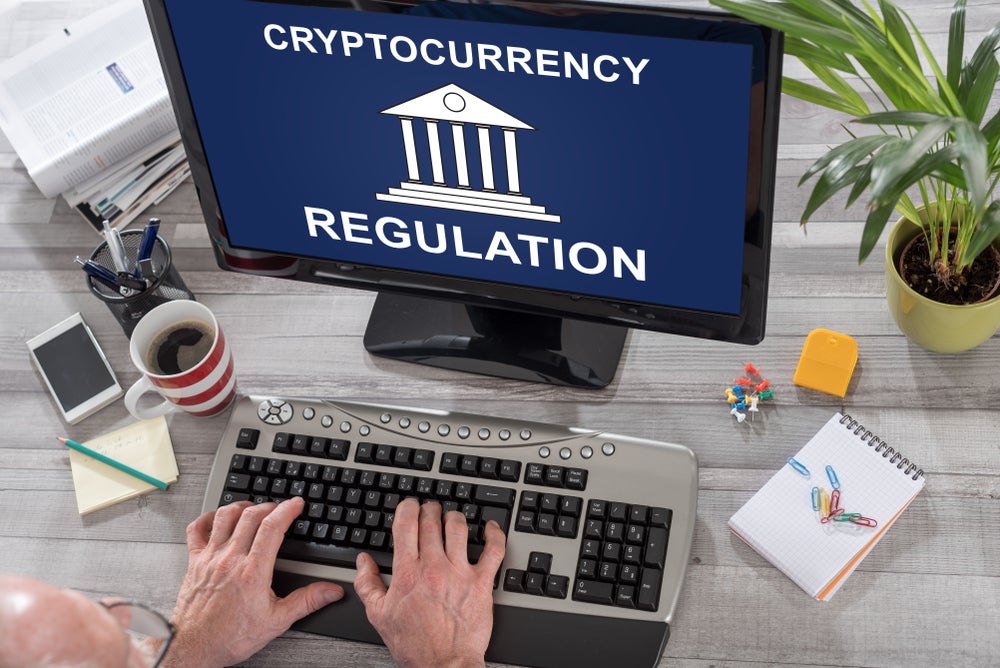Banksy: the missing link in crypto regulation

In some ways, Satoshi Nakamoto is to the financial world what Banksy is to the London art world.
The creator of Bitcoin and the infamous London street artist share important characteristics, so much so that it sparked speculation that they are one and the same when Banksy stated “I am Satoshi Nakamoto” during an interview with thecointfront.com. The most obvious of these characteristics is anonymity. Theories regarding their identities are still considered hearsay.
Gary Gensler, chairman of the Securities and Exchange Commission (SEC), describes finance as “the neck of the hourglass”. It functions to mediate the transfer of money and risk, thereby creating a centralized point of regulation. But an hourglass without a neck is simply a jar, making the decentralized world of cryptocurrencies a regulatory challenge.
Mass selling has forced the crypto market cap below $1 trillion, and over $1 billion has been lost to crypto fraud this year alone. It is clear that we cannot “fit a square peg in a round hole”, ie we cannot use the same regulatory frameworks from conventional assets.
Analyzing crypto regulation through the lens of street art can provide insight into these challenges.
Creation
Both Banksy and Satoshi appeared to release their idiosyncratic creations into the world overnight as onlookers had their backs turned. Banksy has historically claimed his creations via social media, while Satoshi released a white paper titled ‘Bitcoin: A Peer-to-Peer Electronic Cash System’ on Halloween in 2008.
Similar to how anyone can graffiti, almost anyone can create their own cryptocurrency. Low barriers to entry have left over 20,000 different cryptocurrencies in circulation.
The authorization of graffiti generally follows one simple rule: it is fine if you have permission from the property owner. A global body controlling the permitting or banning of new cryptocurrencies could be a potential solution, with individual countries then choosing their level of adoption.
Prohibition
The removal of several Banksy artworks over the years has sparked outrage from locals. Following the removal and subsequent sale of ‘Hula Hooping Girl’ from Rothesay Avenue in Nottingham, Laura Rodgers, 63, from Hyson Green, told the BBC:
“It’s absolutely disgusting – this art was for the people of Nottingham (…) There was some recognition of an area that is poor, underprivileged. It meant a lot to people.”
Many local authorities have historically favored Banksy’s work because of the tourism and attention it brings.
Cryptocurrencies have similarly served to support less developed regions. The World Bank estimates that 24% of the world is unbanked. Nigeria ranks sixth highest with 60% of the population unbanked. Nigeria now recognizes Bitcoin as its national tender and is in talks with Binance to establish a cryptocurrency economic zone.
The main reasons for banning cryptocurrencies include Anti-Money Laundering (AML), protecting investors from fraud and avoiding leaving part of economic activity to a decentralized and anonymous system. China, a country with only 20% unoccupied population (according to Statista), has completely banned cryptocurrencies for these reasons.
The global regulatory market for crypto bans is likely to vary with respect to potential use cases for each country.
Classification
The central conceptual distinction that classifies Banksy’s illegal graffiti as artwork remains a mystery. Authorities generally decide whether to keep Banksy’s artwork based on public sentiment, which some argue is unfounded.
To mirror this in the crypto space, there have been discussions around Gensler only publicly recognizing Bitcoin as a commodity, while most other cryptocurrencies fall under the securities umbrella and are thus subject to stricter regulations.
This comes a year after Gensler came under scrutiny when he testified before lawmakers about his plans for crypto regulation. The Howey test has been the primary tool of the SEC in determining what qualifies as an investment contract under US securities law. Stablecoins (cryptocurrencies whose value is tied to another asset) do not have an inherent expectation of profit, but Gensler has outlined that some would be classified as securities, nonetheless.
It seems that lawmakers and regulators may have to devise new tests to classify cryptocurrencies and be transparent with the public about how these methods work. This could be a natural first step in the regulation of cryptocurrencies.


